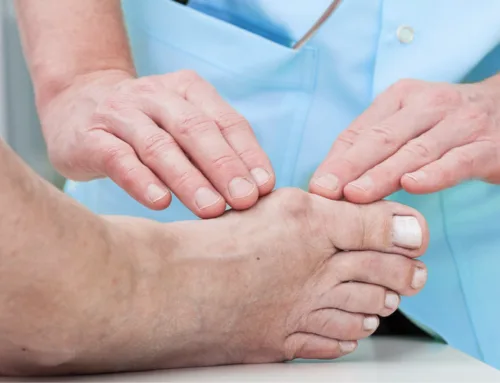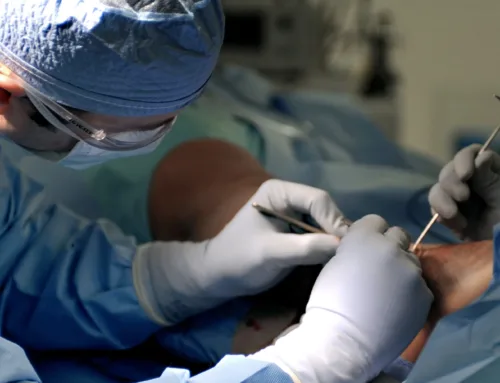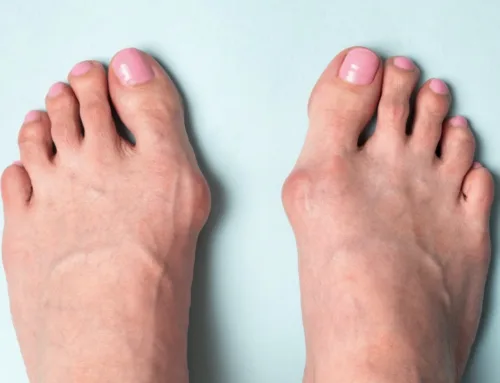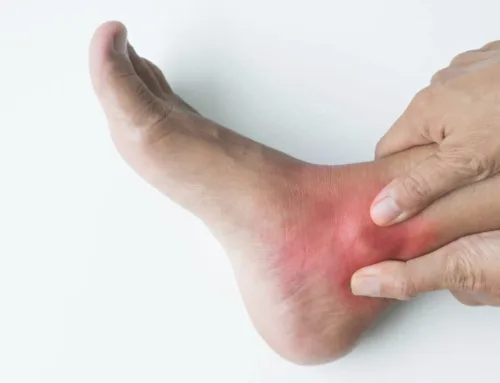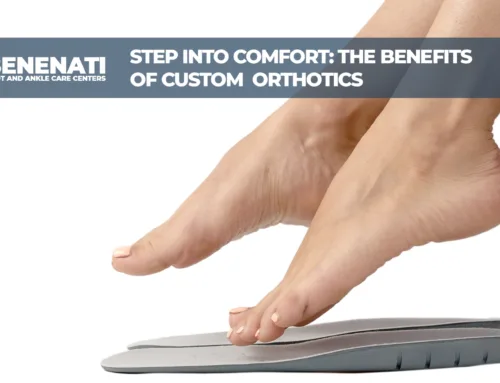MRI
Magnetic resonance imaging (MRI) is sophisticated diagnostic equipment used to diagnose an array of health problems or conditions, including:
- Arthritis.
- Fractures.
- Infections.
- Injuries of the tendons, ligaments, or cartilage.
- Tumors.
MRIs use no radiation like conventional X-rays or CT scans. They employ large magnet and radio waves to produce three-dimensional images. MRIs are very good at portraying soft tissues and bones in your feet and ankles.
People with the following conditions may not be good candidates for a MRI:
- Conditions that requires a heart pacemaker.
- Artificial heart valves.
- Electronic inner ear implants.
- Electronic stimulators.
- Implanted pumps.
- Metal fragments in eyes.
- Surgical clips in the head (particularly aneurysm clips).
Individuals with dental fillings or bridges, a replacement hip or knee, or tubal ligation clips are generally safe to have a MRI.
In most cases, a full exam of the foot and ankle via MRI lasts between 60 and 90 minutes.
